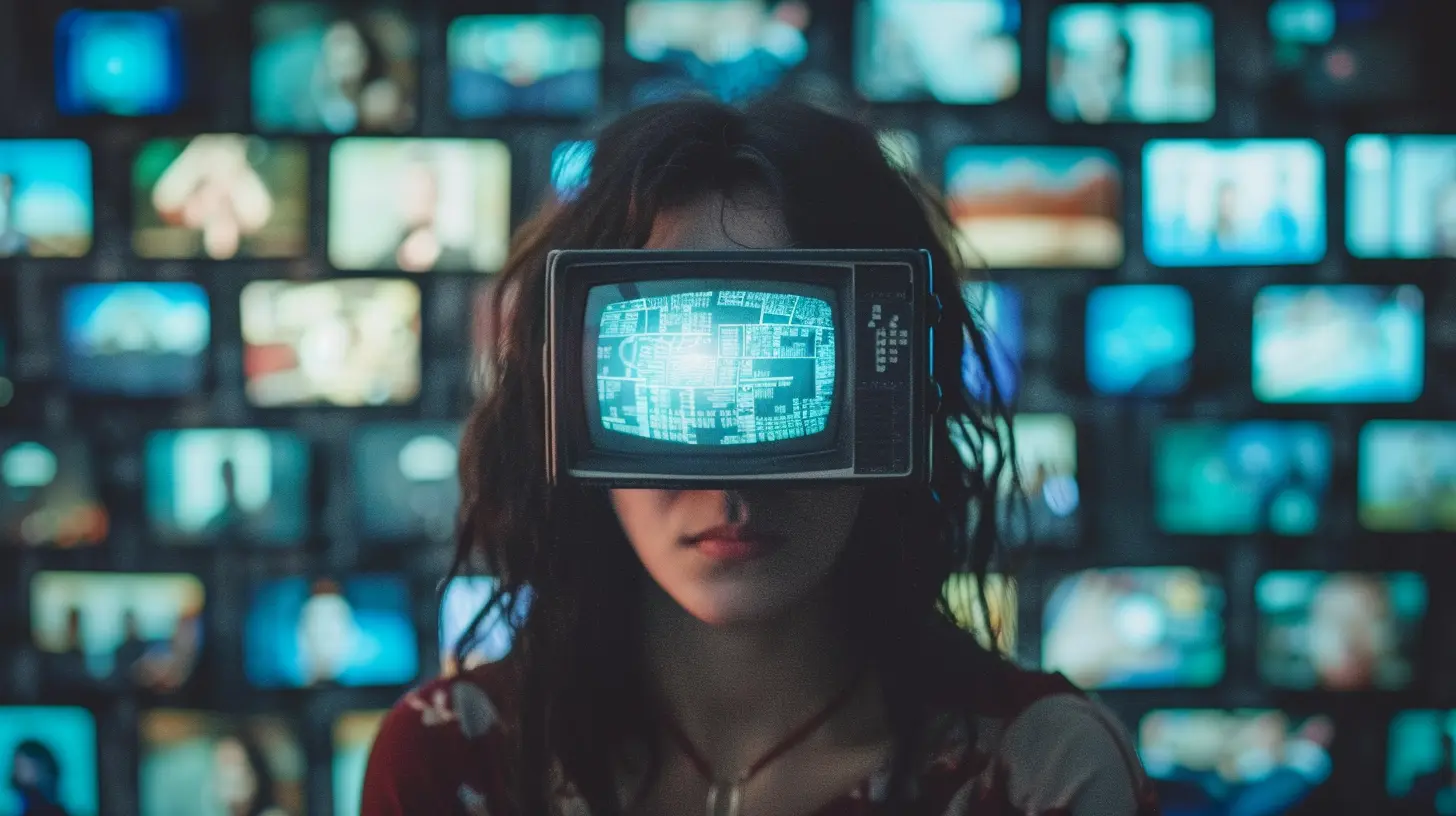How Media and Advertising Influence Perception and Behavior
15 September 2025
Have you ever stopped to think about how much media and advertising shape your thoughts, emotions, and actions? Whether it’s a TV commercial, a social media post, or a news headline, the content we consume doesn’t just inform—it influences.
From the way we see ourselves to how we interact with the world, media and advertising have a powerful grip on our perceptions and behaviors. But how exactly does this happen? And more importantly, how can we be more mindful of it? Let’s dive in. 
The Power of Media in Shaping Perception
Media is everywhere. Whether it’s television, YouTube, or TikTok, we absorb content almost unconsciously. But the real question is—how does this content shape the way we think?1. The Reality We See Is Not Always Reality
Media has the power to create a version of reality that isn’t necessarily true. Think about movies and TV shows. They often depict idealized lifestyles, flawless beauty, and dramatic relationships. This can lead to skewed expectations, making real life seem... well, kind of dull in comparison.2. News and the Fear Factor
Ever noticed how the news often focuses on violence, disaster, and negativity? That’s because fear grabs attention. Psychologists call this the "availability heuristic"—our tendency to judge the likelihood of events based on how easily we can recall them. If we constantly see crime on the news, we might feel the world is more dangerous than it really is.3. The Social Media Illusion
Ah, social media—the highlight reel of everyone’s life. When we scroll through Instagram or Facebook, we see carefully curated moments: vacations, weddings, fancy dinners. This can lead to what's known as "social comparison," where we measure our lives against the seemingly perfect lives of others. No wonder so many people feel inadequate!
How Advertising Influences Our Behavior
Advertising isn’t just about selling products—it’s about shaping desires, needs, and even identities. Ever felt like you needed something after seeing an ad? That’s no accident.1. Emotional Manipulation
Advertisers are pros at tugging at our heartstrings. They use emotional appeal—happiness, nostalgia, even guilt—to connect with us. Think about those heartbreaking animal shelter commercials with sad music. They don’t just want you to watch; they want you to act.2. The Power of Repetition
Ever wonder why you see the same ad over and over again? Repetition helps ideas stick. If you hear enough times that a certain brand of toothpaste makes your teeth whiter, you start believing it (even if there’s no real proof).3. The Influence of Celebrity Endorsements
When a celebrity endorses a product, it suddenly seems more desirable. It’s called the "halo effect"—our tendency to transfer positive feelings about a person onto whatever they promote. If your favorite actor swears by a skincare brand, you might be tempted to try it too.
Subliminal Messaging: Does It Really Work?
You’ve probably heard of subliminal messaging—the idea that hidden messages can influence our subconscious minds. While it's a fascinating topic, studies suggest that its real-world impact is limited. However, subtle cues in ads, like color psychology and background music, can still shape our emotions and decisions without us even realizing it.For example:
- Red is linked to excitement and urgency (think fast food chains).
- Blue feels calm and trustworthy (common in tech and finance brands).
- Slow music can make people linger longer in stores, increasing purchases.
So while advertisers may not be planting secret messages in your brain, they are using psychological tricks to guide your choices. 
The Role of Media in Shaping Social Norms
Ever notice how media portrays gender roles, cultural stereotypes, or beauty standards? The way people are represented in the media plays a huge role in shaping societal norms.1. Gender Stereotypes in Advertising
For years, ads have reinforced gender roles—women as caregivers, men as breadwinners. While things are changing, these stereotypes still influence expectations and behaviors.2. The Influence on Body Image
The media sets unrealistic beauty standards, promoting the idea that only slim, fit, and flawless people are attractive. This can have serious effects, especially on young audiences, leading to body dissatisfaction and low self-esteem.3. Cultural Representations and Bias
Media often portrays certain racial or cultural groups in a stereotypical way, affecting public perception. When a particular group is frequently associated with negative traits, it can lead to bias and discrimination.Can We Resist Media Influence?
With all this influence coming from every direction, is there a way to resist it? Yes! Here are a few ways to become a more mindful consumer.1. Be Aware of Bias
Recognize that media is never completely unbiased. Whether it’s news, movies, or ads, there’s always a perspective being pushed. Ask yourself: Who benefits from this message?2. Limit Your Exposure
The more we consume, the more we’re influenced. Taking a break from social media or being selective about the content we engage with can help maintain a healthier mindset.3. Think Critically
Before accepting something as fact, question it. Is this information backed by evidence? Is it designed to provoke a strong emotional response? Critical thinking is your best defense against manipulation.4. Diversify Your Sources
Don’t just rely on one media outlet or one social media platform for information. Explore different perspectives to get a more balanced view of the world.Conclusion
Media and advertising are incredibly powerful tools that shape the way we think, feel, and behave—often without us even realizing it. From influencing our self-image to our purchasing decisions, the messages we consume daily are carefully crafted to grab our attention and mold our perceptions.But the good news? We do have control. By staying aware, thinking critically, and choosing mindfully, we can navigate media and advertising in a way that empowers rather than manipulates us.
So next time you see an ad or read a news article, take a moment to pause and reflect—because awareness is the first step toward breaking free from unconscious influence.
all images in this post were generated using AI tools
Category:
PsychologyAuthor:

Gloria McVicar
Discussion
rate this article
1 comments
Maisie Conrad
This article effectively highlights the nuanced relationship between media, advertising, and human behavior. It underscores the psychological mechanisms at play, such as social proof and emotional appeal, demonstrating how these tools shape perceptions and drive consumer choices in profound ways.
October 6, 2025 at 2:22 PM

Gloria McVicar
Thank you for your insightful comment! I'm glad the article resonated with you and effectively conveyed the complexities of media and advertising's impact on behavior.


